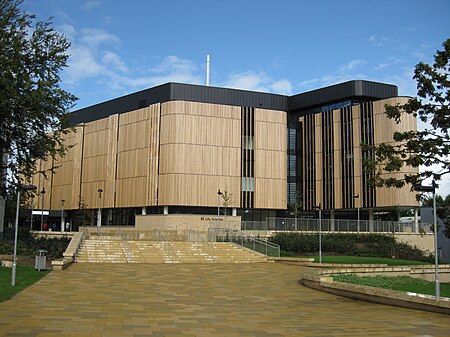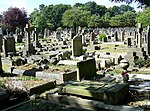University of Southampton School of Medicine

University of Southampton School of Medicine is a medical school in England. It is part of the University of Southampton with a site at Southampton General Hospital, offering 5 Medicine courses, all leading to the award of Bachelor of Medicine, Bachelor of Surgery (BMBS). Graduates of the BM5/BM6/BM(EU) programme are also awarded an integrated BMedSc (Hons) degree. Prior to 2013, the Bachelor of Medicine (BM) degree was awarded. Under 2017 Complete University Guide Rankings, Southampton Medical School ranked 22nd in all United Kingdom Medical Schools The 2017 Guardian University league tables placed Southampton 9th out of all medical schools in the UK. It is ranked as the 12th best medical school in the UK for clinical medicine by U.S. News & World Report.
Excerpt from the Wikipedia article University of Southampton School of Medicine (License: CC BY-SA 3.0, Authors, Images).University of Southampton School of Medicine
Tremona Road, Southampton Shirley Warren
Geographical coordinates (GPS) Address Nearby Places Show on map
Geographical coordinates (GPS)
| Latitude | Longitude |
|---|---|
| N 50.933 ° | E -1.435 ° |
Address
Southampton General Hospital (General Hospital)
Tremona Road
SO16 6YD Southampton, Shirley Warren
England, United Kingdom
Open on Google Maps







